Posted in Networks
May 18, 2016
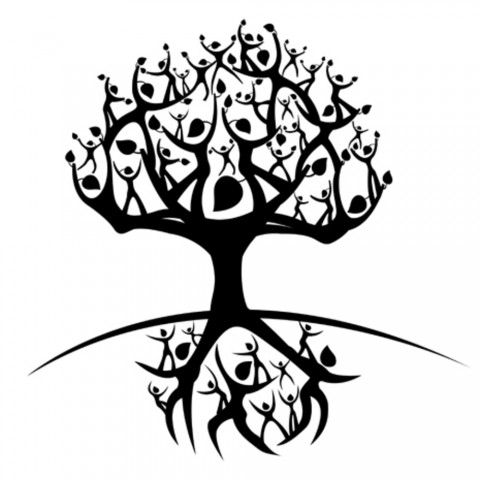 In a recent interview with Krista Tippett, on her radio program On Being, the poet/philosopher David Whyte offers up some beautiful reflections about the story behind and theme that runs through his poem “Working Together.” Having been commissioned to write a poem to celebrate the completion of a wildly successful group project, Whyte found inspiration one day while looking out the window of his descending airplane and watching the misty air rushing around the wing, marveling at how the elements of the air and the particular shape of the wing come together to make flight possible. He then rifts on this observation to consider the elements inside of himself, inside everyone, that have yet to be combined, or even discovered, and wonders about the distances that might be bridged as a result. Read More
In a recent interview with Krista Tippett, on her radio program On Being, the poet/philosopher David Whyte offers up some beautiful reflections about the story behind and theme that runs through his poem “Working Together.” Having been commissioned to write a poem to celebrate the completion of a wildly successful group project, Whyte found inspiration one day while looking out the window of his descending airplane and watching the misty air rushing around the wing, marveling at how the elements of the air and the particular shape of the wing come together to make flight possible. He then rifts on this observation to consider the elements inside of himself, inside everyone, that have yet to be combined, or even discovered, and wonders about the distances that might be bridged as a result. Read More
May 10, 2016

This year for the second time, IISC partnered with Food Solutions New England in designing and facilitating the 21 Day Racial Equity Habit Building Challenge as an extension of both organizations’ commitment to realizing racial justice.
Last year, this networked remix of an exercise created by Dr. Eddie Moore, Jr. and Debby Irving, was offered as a way of spreading commitment to learning about, talking about and taking action to solve racial injustices in the food and other related systems. This year, additional tools and virtual platforms were added to create a more robust environment for learning. This included:
- an even richer resource page with readings, videos and organizational links,
- a blogroll of daily prompts with links to resources and room for participants to offer written reflections,
- a series of original blog posts on the FSNE website committed to relevant topics and themes
- a Twitter hashtag (check out #FSNEEquityChallenge)
- a group Facebook page
Read More
May 5, 2016
“Everything we see is a shadow cast by that which we do not see.”
– Rev. Dr. Martin Luther King, Jr.

In the start-up and at transitional phases of network growth it is important for participants to get real about their constraints. Otherwise, what can happen is that people can start seeing one another as “blockers,” uncooperative, not good team players, etc.
A starting place is to ask people as they come to the collaborative table to start thinking about the constraints they have (real or imagined). These could be related to time, money, mental bandwidth, awareness, political pressure, organizational policy, comfort level with going certain places in the collective work, etc. If we define “value” holistically at the outset, we quickly come to understand that everyone has limitations and everyone has something to offer.
Trust-building is critical in helping people feel comfortable expressing certain constraints, so it is helpful to state preventatively that everyone has them, that some are perhaps not so easily spoken or may be beyond current awareness, and that it is important to get and remain curious about these, in addition to the gifts people have to offer!
Read More
May 3, 2016

Image by Tracy Kelly
Part of the underlying and deeper change potential of taking a network approach is the notion that we lead with contribution before credential. This means being open to the idea, for example, that a 15-year-old high schooler or home schooler might have as much to offer a given conversation as someone with a PhD, that lived experience can be as valuable if not more so than formal education, that those on the so-called “margins” often have a clearer view of what’s going on than those who sit at the center.
Read More
April 26, 2016
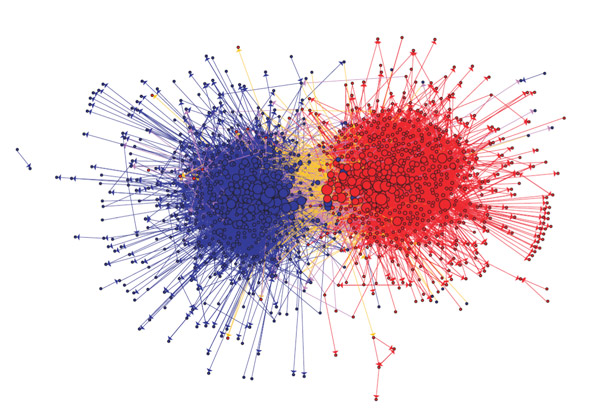 In many rooms where networks are the topic of conversation, a typical question of interest is “Who is connected to whom?” This is an important question, often the focus of social network analysis (SNA), and can lead to important and strategic information about things like hubs, gatekeepers, strong and weak ties, etc. And this is not the full extent of useful inquiry when thinking about social change.
In many rooms where networks are the topic of conversation, a typical question of interest is “Who is connected to whom?” This is an important question, often the focus of social network analysis (SNA), and can lead to important and strategic information about things like hubs, gatekeepers, strong and weak ties, etc. And this is not the full extent of useful inquiry when thinking about social change.
Another important question is, “What is flowing?” That is, what kinds of value are flowing through these connections with respect to information, natural capital, money, cultural expression, etc. This is the focus of value network analysis (VNA) and is important to help understand the overall vitality and health of a network or system. Read More
April 21, 2016
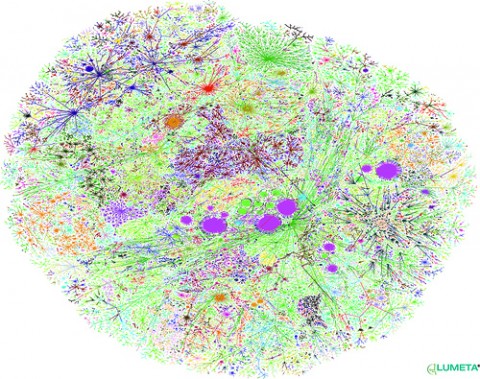
Image by Steve Jurvetson
Much of the work we do at IISC includes some element of helping to develop networks for social change. This entails working with diverse groups of individuals and/or organizations to come together and create a common vision and clear pathway to collective action and impact. I’ve been reflecting on how important it can be to not simply focus on creating or developing networks “out there” and across traditional boundaries, but also “in here,” within different recognized borders.
“When a living system is suffering from ill health, the remedy is found by connecting with more of itself.”
– Francisco Varela
The notion that part of the process of healing living systems entails connecting them to more of themselves is derived, in part, from the work of Francisco Varela, the Chilean biologist, philosopher and neuroscientist. As Varela and others have surmised, living systems are networks, including individual people, groups, organizations, and larger social systems. Furthermore, they have noted that when a living system is faltering, the solution will likely be discovered from within it if more and better connections are created. In other words, as Margaret Wheatley puts it,
“A failing system [or network] needs to start talking to itself, especially to those it didn’t know were even part of itself.”
I find it interesting in the context of social change work to consider how the process of re-connecting at and within different systemic levels can be beneficial to those levels and initiatives as wholes.
Read More
April 6, 2016
“If you don’t know the kind of person I am
and I don’t know the kind of person you are
a pattern that others made may prevail in the world
and following the wrong god home we may miss our star.”
– William Stafford, From “A Ritual to Read to Each Another”

A couple of weeks ago I was a participant in a SSIR webinar on network leadership. I spent my air time talking about Food Solutions New England as an example of a social change network that has been leveraging authenticity, generosity and trust to address issues of racial inequity in the food system. In telling the story, I realized that much of it amounts to a gradual process of shedding layers and “making the invisible visible.” Specifically, it has been about making visible power and privilege, connection and disconnection, tacit knowledge and diverse ways of knowing, and complex system dynamics. As a result, many in the network sense we are now in a better position to build from what we have in common, and that it is more likely that the vision of a vibrant, equitable and eco-logical food system will be realized. Read More
March 22, 2016
What does it really take to catalyze diverse groups of people, within organizations or across sectors, to build trust, take action, and work together to achieve uncommon results? This is the question driving a panel hosted by Stanford Social Innovation Review on “The Network Leader.” The panel will take place on Tuesday, March 22 at 2PM EST.
IISC Senior Associate Curtis Ogden will reflect on the unfolding story of Food Solutions New England, a network he has been involved with for about five years.
“We are seeing people drawn to the network because of this commitment to justice and authenticity,” says Ogden. “We are seeing other organizations take up internal work around power and privilege. This network is more impactful because it sees more fully and clearly what is going on and what must be done.”
Read More
March 22, 2016
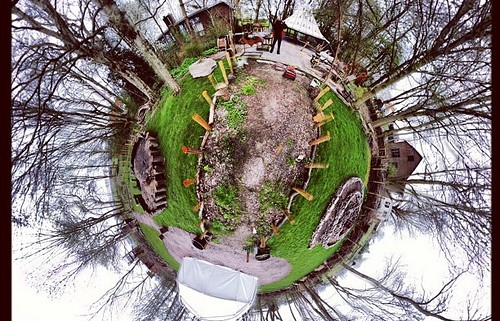
Not long ago, at a gathering of the Food Solutions New England Network Team, one member, Dorn Cox, told the story of a farmer who has become renowned for the health of his soil. Remarkably, the soil health consistently increases, due to on-farm practices created over years of close observation and experimentation. This is significant as it has boosted the quality of the farm’s produce, reduced the need for and cost of inputs (helping to increase revenues), increased the soil’s ability to handle extreme precipitation and dry conditions brought on by climate change, and mitigates carbon release.
This accomplished practitioner has subsequently been sought out by academics and has served as lead author on numerous peer reviewed academic articles about his soil health practices. Dorn then relayed that the farmer recently reported that because of academic protocols he cannot get access to the very articles he has co-authored. Dorn punctuated his story with the lesson that:
To support learning, equity and resilience, knowledge wants and needs to be free and accessible.
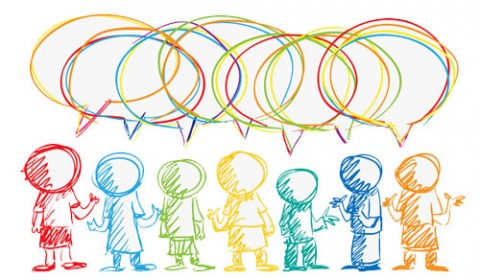
This is a key principle for leveraging networks to make change. In the old world, knowledge was owned and proprietary. But in this increasingly volatile world, to help people be adaptive to change, there is need for robust flows of information that are equitably generated and accessible. This was a lesson learned by professor Anil K. Gupta, before he started the Honey Bee Network in India.
By his own admission, Dr. Gupta had been engaged in the practice of extracting information from people that served his own or purely academic purposes, without ensuring that the information made it back into the hands and minds of practitioners. He realized that “on efficiency and ethical grounds,” this could not continue. Read More
March 17, 2016

There is a difference between being a network by default and being one by intention. Sometimes that can be a big difference. I encounter a fair number of networks that are networks in name and in standing, at least in that they are connected entities. But that is pretty much it. Experience shows there are any number of different ways to structure a network, and name it for that matter.
And what I find is most important is the underlying intention to maximize network effects, including: speeding the spread of resources, ensuring resources reach everyone in the network, ensuring everyone has the opportunity to share resources, growing the overall pie of resources, strengthening adaptive capacity and collective intelligence, growing abundance and equity in many different ways.
What this boils down to is a set of network ethics, which I would summarize (certainly incompletely, and to which I invite additions and alterations) in the following way: Read More
March 15, 2016
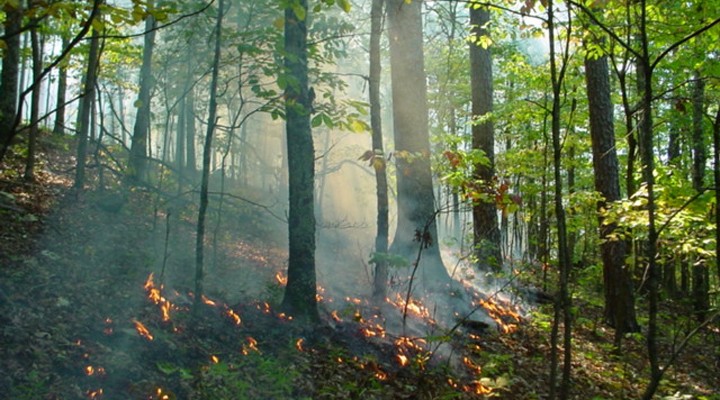
I’ve had the pleasure of supporting some important work happening through The Nature Conservancy’s Fire Adapted Communities Learning Network. According to the FAC website, a fire adapted community “acknowledges and takes responsibility for its wildfire risk, and implements appropriate actions at all levels.” Actions in these fire-threatened communities “address resident safety, homes, neighborhoods, businesses and infrastructure, forests, parks, open spaces and other community assets.” In addition, the point is made that every community is unique in terms of circumstance and capacities, so that local action may look different from place to place.
While there may be differences from community to community in the FAC network, it is also united by a common belief that there is need for more of the right kinds of fire that support the regenerative capacity of ecosystems. As I’ve learned from members of these communities, “cool fires” can be used to help build resilience into forests, feeding and encouraging new growth and diversity. This is actually a practice that goes back a long ways in indigenous communities, which used “prescribed burns” to support the long-term health of the forested landscape, to enrich soil, clear pathways for fauna and support biodiversity, which supported the health of their own communities. However, many of these practices were outlawed and the result of the newer management practices was a drop in health of the forests and a rise in vulnerability of those living in or near them. As one person in the network recently put it, they are now trying to “reclaim” fire and “give fire back to people.” Read More
March 10, 2016

Photo by Randy Read|http://www.flickr.com/photos/randyread/3583187019|
In an article in Fast Company, entitled “The Secrets of Generation Flux,” Robert Safian writes that in these uncertain times, there is no single recipe for success. Safian profiles a number of leaders who have been relatively successful at riding the waves in different ways, and notes that they are all relatively comfortable with chaos, trying a variety of approaches, and to a certain degree letting go of control. This resonates with our experiences at IISC helping people to design multi-stakeholder networks for social change. For example, even in a common field (food systems) and geography (New England) we witness different forms emerge that suit themselves to different contexts, and at the same time there are certain commonalities underlying all of them.
The three networks with which we’ve worked that I want to profile here exhibit varying degrees of formality, coordination, and structure. All are driven by a core set of individuals who are passionate about strengthening local food systems to create greater access and sustainable development in the face of growing inequality and climate destabilization. They vary from being more production/economic growth oriented to being more access/justice oriented, though all see the issues of local production and equitable access as being fundamentally linked and necessary considerations in the work.
Read More
 In a recent interview with Krista Tippett, on her radio program On Being, the poet/philosopher David Whyte offers up some beautiful reflections about the story behind and theme that runs through his poem “Working Together.” Having been commissioned to write a poem to celebrate the completion of a wildly successful group project, Whyte found inspiration one day while looking out the window of his descending airplane and watching the misty air rushing around the wing, marveling at how the elements of the air and the particular shape of the wing come together to make flight possible. He then rifts on this observation to consider the elements inside of himself, inside everyone, that have yet to be combined, or even discovered, and wonders about the distances that might be bridged as a result. Read More
In a recent interview with Krista Tippett, on her radio program On Being, the poet/philosopher David Whyte offers up some beautiful reflections about the story behind and theme that runs through his poem “Working Together.” Having been commissioned to write a poem to celebrate the completion of a wildly successful group project, Whyte found inspiration one day while looking out the window of his descending airplane and watching the misty air rushing around the wing, marveling at how the elements of the air and the particular shape of the wing come together to make flight possible. He then rifts on this observation to consider the elements inside of himself, inside everyone, that have yet to be combined, or even discovered, and wonders about the distances that might be bridged as a result. Read More


 In many rooms where networks are the topic of conversation, a typical question of interest is “Who is connected to whom?” This is an important question, often the focus of
In many rooms where networks are the topic of conversation, a typical question of interest is “Who is connected to whom?” This is an important question, often the focus of 






